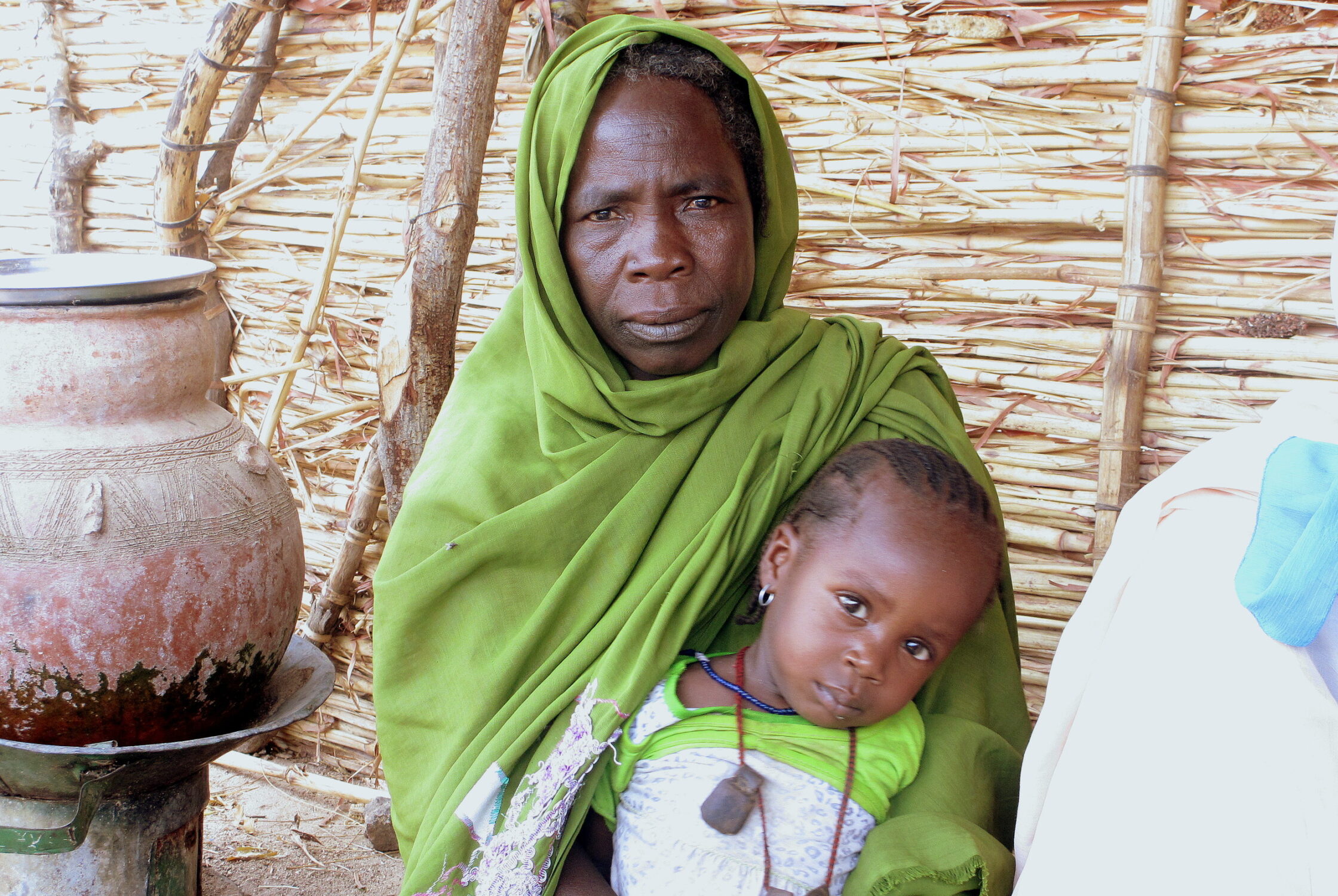Sudanese Refugees in Chad: Time for a Return to the Spotlight

The over 360,000 Sudanese refugees currently in Chad have been there for over a decade. They fled to Chad after violence in their towns and villages in Darfur. And that violence in Darfur unfortunately continues.
I think it would be fair to say that this specific refugee population is no longer the new topic of the day. After all, Chad is also dealing with recent refugee flows from both the Central African Republic (CAR) in the south and Nigeria in the west. And the threat of Boko Haram inside Nigeria, now expanding to border countries such as Cameroon, understandably has required attention from both neighboring Chadian government leaders and the international community.
So why is Refugees International choosing to look at the Sudanese refugee population in Chad now?
On the surface, it would seem that there has been enough reporting by both humanitarian actors and non-governmental organizations on the ground. The longstanding efforts to document the challenges that these refugees face should be applauded. But new reporting has been limited and much of the current context, such as how refugee populations are dealing with existing assistance cuts, demands more exploration.
The struggle to find pragmatic and realistic solutions for a protracted refugee crisis is not new. How should the international community prioritize and best support development projects, including livelihood assistance, in a place where funding for food assistance is currently being cut? How can all actors ensure that urgent humanitarian needs are addressed, when the world is facing its largest displacement crisis since World War II and funding appeals are not being met? How can adequate educational opportunities for long-term refugee populations be better addressed? What safety concerns, particularly for women and girls, are the refugees themselves facing on a daily basis? Are there new challenges to health care access that should be discussed?
My colleague, Michael Boyce, and I are currently in Chad’s capital N’Djamena to speak with government and humanitarian leaders. From there, we will travel to eastern Chad to visit with the Sudanese refugee population.
Any new assistance strategy must be guided by field-based analysis. More operational NGO’s are departing the Sudanese refugee population in Chad, often due to funding constraints. The story of the Sudanese refugees, their own story as it stands today, deserves to be heard. Not forgotten.